In a blink of an eye, 2021 has come to an end and the smartphone industry had a lot of additions. A series of innovative technologies such as autonomous systems, chips, under-screen camera technology, etc. hit the road this year. We had the likes of Huawei's HarmonyOS, Vivo's V1 imaging chip, Google's Tensor chip and so on. As the year comes to an end, Fast Technology 2021 Annual Awards take stock of outstanding smartphones that hit the market in 2021.
The award has six categories which includes Flagship Performance Award, Technology Innovation Award, Most Watched Award, Best Price-Performance Ratio Award, Best Camera Award, and Best Design Award. Lets take a look at the devices that makes the award list. You may also want to check out the mobile processor and system software awards.
1. Flagship Performance Award: Xiaomi 12 Pro
The flagship performance award is naturally focused on performance. Xiaomi 12 Pro comes with Qualcomm's latest Snapdragon 8 Gen1 flagship processor and it deserves to win this award. The overall score of this device on AnTuTu exceeds 1 million points, making it the most powerful mobile phone in the Android camp. This chip is based on Samsung's 4nm process. It uses a three-cluster which includes a Cortex X2 super large core + Cortex A710 large core + Cortex A510 small core. The GPU is Adreno 730.

Compared with Snapdragon 888, Snapdragon 8 Gen1 GPU has a 25% increase in energy efficiency. It is the most powerful mobile graphics processor in the Android camp.
2. Flagship Performance Award: iPhone 13 Pro Max
In the iOS camp, the flagship performance award belongs to the iPhone 13 Pro Max. Of course, the performance of this device is because of its top-notch A15 Bionic processor. This chip is based on TSMC's 5nm process and has 15 billion transistors. It has a 6-core CPU including two high-performance cores and four efficiency cores. Furthermore, this chip also comes with a 4-core GPU. It is the most powerful mobile phone chip in Apple's history.
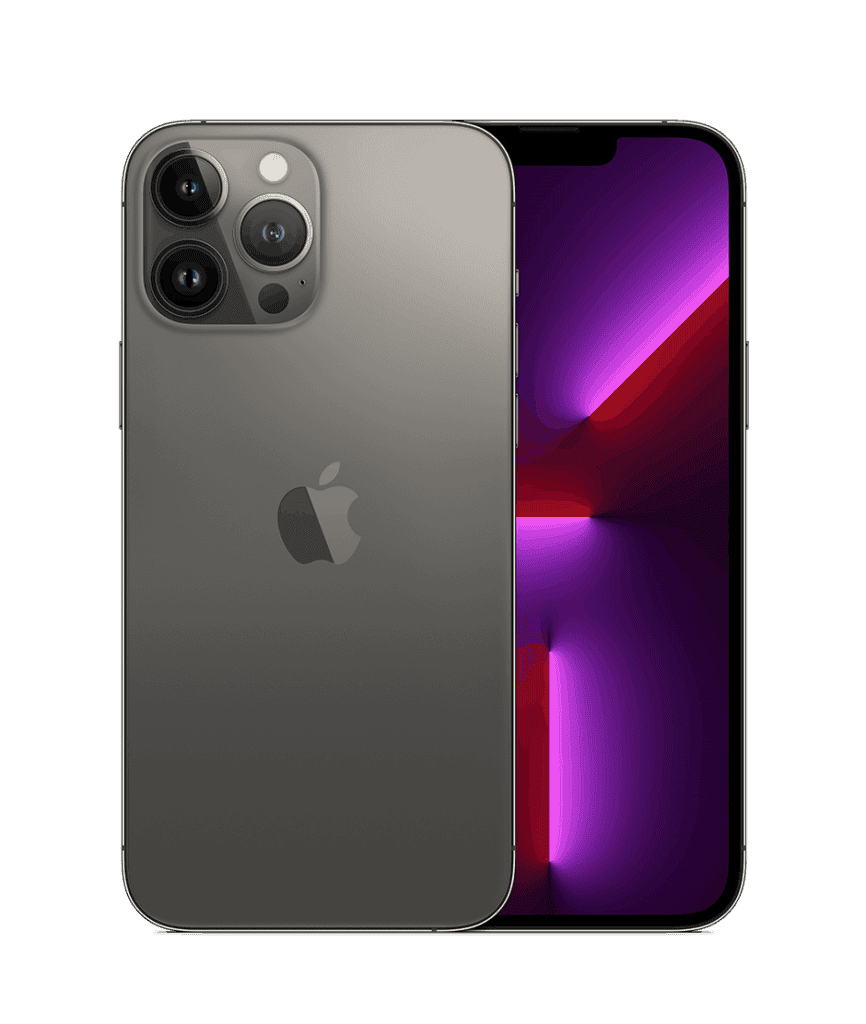
Looking at the running points, the GeekBench 5 multi-core score exceed 4300 points, far surpassing the Android camp. PS: The latest Snapdragon 8 Gen1 GeekBench 5 multi-core score is about 3800 points. In addition, A15 Bionic also has a neural engine that can perform 15.8 trillion operations per second (15.8TOPS), helping A15 Bionic to sit on the throne of mobile phone chips.
3. Most Watched Award: Huawei P50 Series
We can also call this award "Most Anticipated Award". Huawei's flagship smartphones will always clinch this award for well-known reasons. After the ban on Huawei, the company's "hands" are tied. Thus, whenever there are reports of an Huawei upcoming flagship, the entire industry is interested in what it has to offer. The Huawei P50 series clearly got more attention this year even more than the iPhone 13 series.
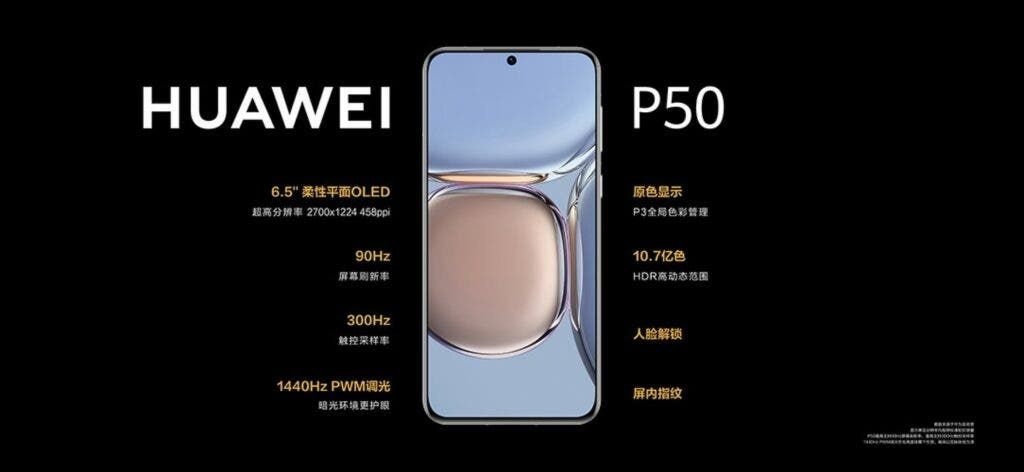
Although Huawei released this smartphone in the midst of several limitations, the P50 series shows its strength. The Huawei P50 Pro currently sits on top of DxOMark ranking for smartphone main camera. It scores 144 points on DxOMark.
In addition, the Huawei P50 series is the first Huawei flagship phone to use the Qualcomm Snapdragon 888 SoC. This chip is the 4G version of the SD888 but it has exactly the same performance as the 5Gversion.
4. Best Price-Performance Ratio Award: Redmi K40
The Redmi brand is known for its desire to release smartphones with a high price - performance ratio. The Redmi K40 comes with Sndapdragon 870 SoC coupled with up to 12GB of RAM and 256GB of internal storage. This device also uses the top-notch Samsung E4 display. All these goes for 2499 yuan ($393) which is very competitive. This smartphone easily passes as the most cost effective smartphone for this year.
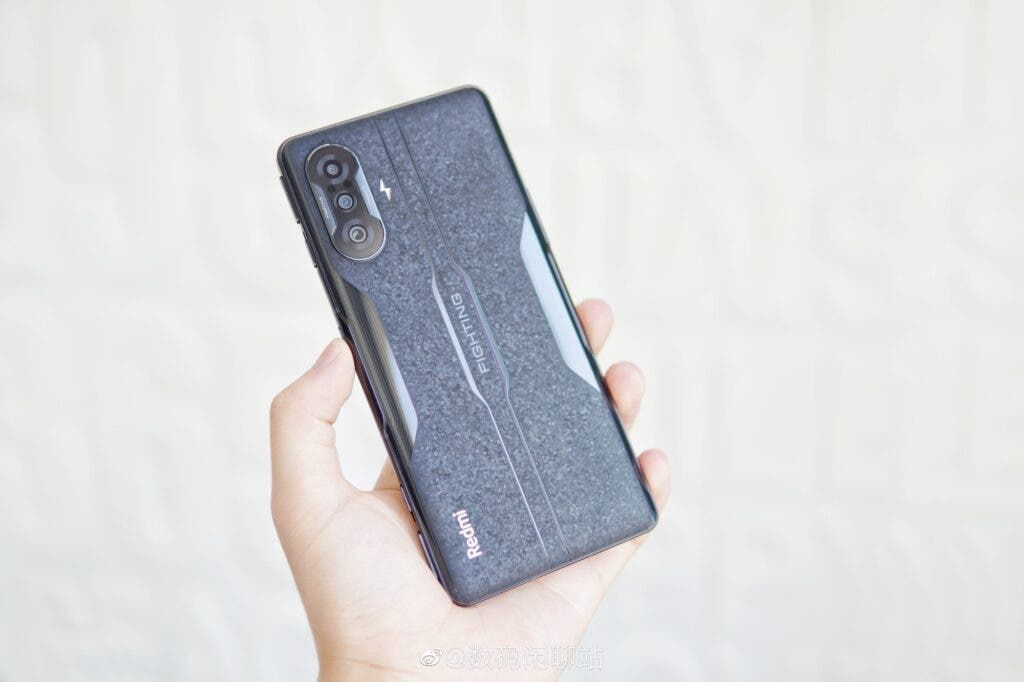
This is also Redmi's hottest K series flagship this year, dominating the Double 11 sales list. The lowest promotion price of the top version is less than 2,200 yuan ($346).
5. Best Price-Performance Ratio Award: Motorola Edge S30
The Motorola Edge S30 makes this list as the cheapest Snapdragon 888+ smartphone with a 1799 yuan ($283) starting price. For smartphones in its domain, this device is very competitive. Usually, smartphones with this price tags comes with mid-range chips like the Snapdragon 870 (pseudo-flagship), Dimensity 1200, Snapdragon 778G, Dimensity 1100, etc. In contrast, the Snapdragon 888+ of Motorola's edge S30 is unmatched.
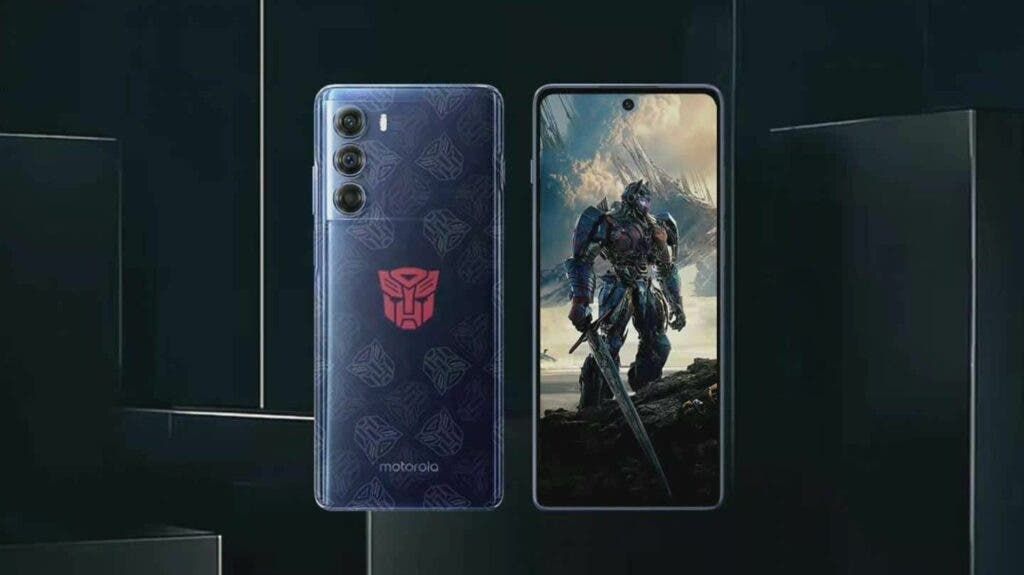
Of course, specifications such as 144Hz LCD high refreshing screen, 5000 mAh large battery, LPDDR5 memory, UFS 3.1 flash memory, and other specifications are available on the Edge S30. Obviously, the mobile phone with the strongest performance at the price less than $300 deserves an award.
6. Technology Innovation Award: Oppo Find N
When it comes to innovation, Oppo Find N deserves it. It completely solves the crease problem that plagued the foldable smartphone industry. In order to completely solve the problem of creases, Oppo used its self-developed pseudo-vertical hinges. This hinge can form a natural droplet shape when the screen is bent, so as to achieve a visual effect without creases.

This is the first flagship phone with no creases in the foldable smartphone industry. It can be described as the benchmark and the most innovative mobile phone in the foldable market. Not only does it have no creases, but Oppo Find N also takes care of the small outside screen. It is made into a small size of 5.49 inches. The ratio of 18:9 is no different from that of a conventional full-screen phone.
7. Technology Innovation Award: Xiaomi Mi MIX 4
Since the start of the full-screen era, the industry has been pursuing a true full-screen form. The under-screen camera is the ultimate solution. Xiaomi Mi MIX 4 has achieved it. The award of the "Technology Innovation Award" is undisputed. The MIX 4 is the first Xiaomi first mass-produced commercial under-screen camera flagship. This smartphone does not come with a notch or punch-hole. This is a true full-screen, and it is also a big step in industry innovation. However, do not wonder why the under-screen camera is not so popular. This is because the front camera is not entirely top notch. Thus, if a selfie lover gets this device, it will be a big regret.
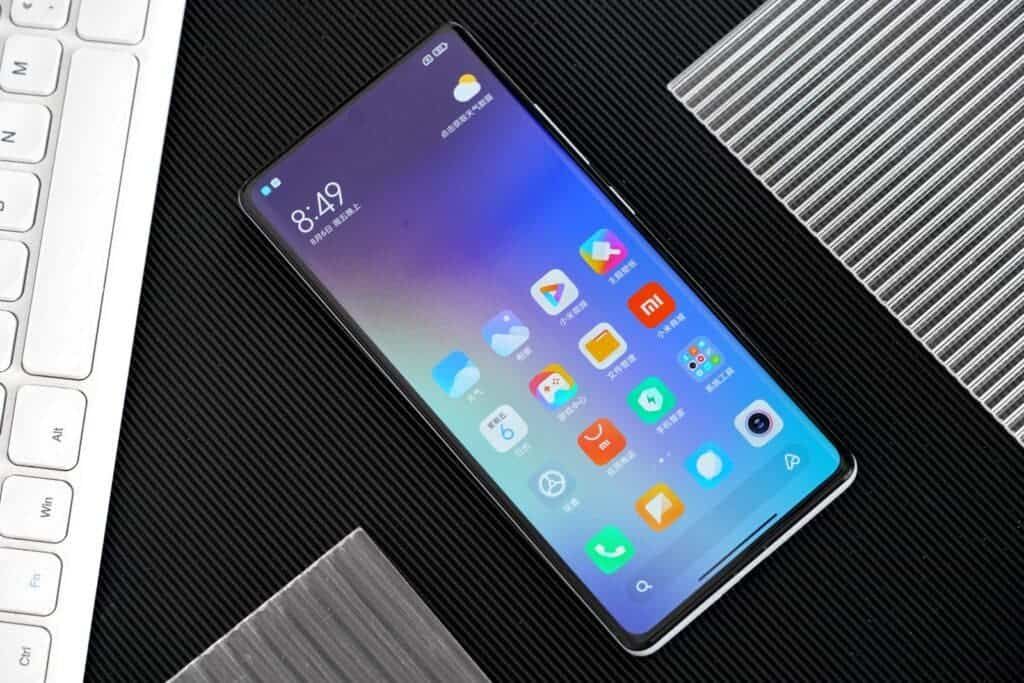
Away from the downside, the Xiaomi Mi MIX 4 is the first to launch a lightweight integrated ceramic body. While ensuring the warm and moist feel of the all-ceramic design, the body also achieves a thin and light design. This is another important innovation that this smartphone brings.
8. Best Camera Award: Huawei P50 Pro
The Xiaomi Mi 11 Ultra was on top of DxOMark ranking for many months with 143 points before the official launch of the Huawei P50 series. The Huawei P50 instantly took first position on DxOMark ranking with 144 points.
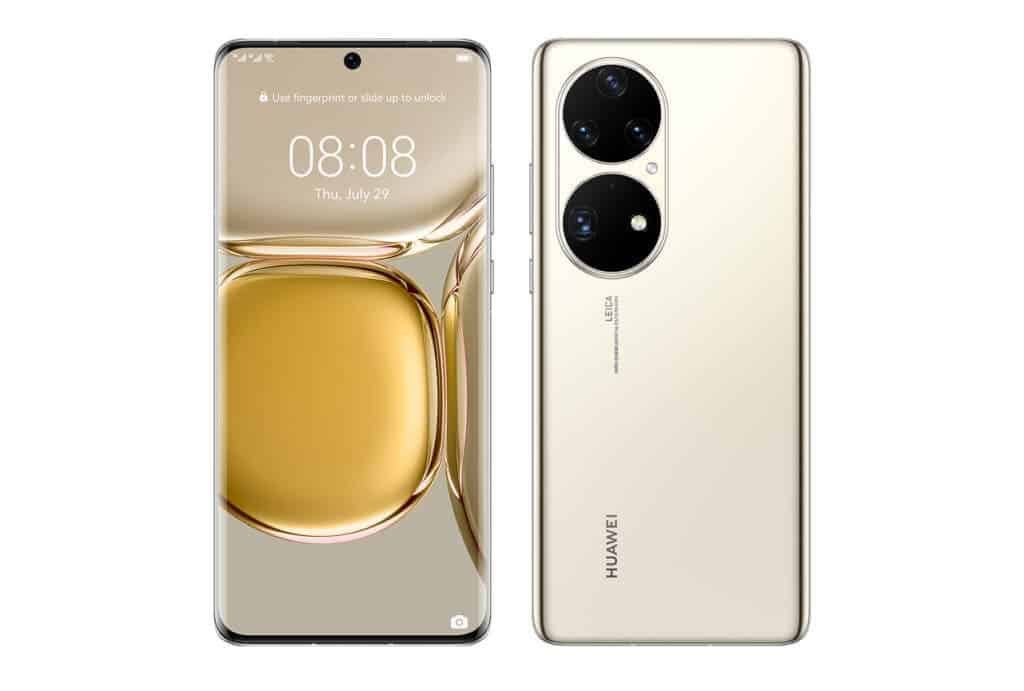
This smartphone innovatively introduces XD Optics computational optics technology, breaking through the physical boundaries of the optical system, and pioneering a "global" image information restoration system. It has the industry's first global image information restoration system, which corrects optical errors and restores original image information during the optical imaging stage.
Through XD Optics computing optical technology, Huawei P50 Pro retains 81% of image information. By correcting light errors and restoring details, Huawei P50 Pro 3.5x optical zoom lens achieves an imaging effect no less than 10x physical optical zoom.
9. Best Camera Award: Xiaomi Mi 11 Ultra
An important reason why Xiaomi Mi 11 Ultra is called "Android Light" is that its image is very powerful. This is the best-performing imaging flagship in Xiaomi's history. On DxOMark, this smartphone has a comprehensive score of 143 points. It once dominated DxOMark for several months and won the best photo award. All this is due to the GN2 Sensor jointly developed by Xiaomi and Samsung. The size is up to 1/1.12 inches, which is the largest sensor in the history of Xiaomi mobile phones.

Moreover, parameters such as Optical Image Stabilization (OIS), periscope telephoto lens, night owl algorithm are integrated into the Xiaomi Mi 11 Ultra. This gives the smartphone powerful image capture capabilities. It easily passes as one of the best camera phones worth considering this year.
10. Best Design Award: Honor 60 Series
We can safely call the Honor 60 series a "curvaceous beauty" with its curved screen which gives this device a "curvy beauty". In this year's mobile phone products, the Honor 60 series takes the four-curved design to the extreme. Honor 60 series debuted a new generation of streamer four-curved screens. The left and right arcs are 81° while the upper and lower arcs are 52°. The corners of the screen naturally connect the upper screen and the four sides, presenting a unique tension aesthetic.
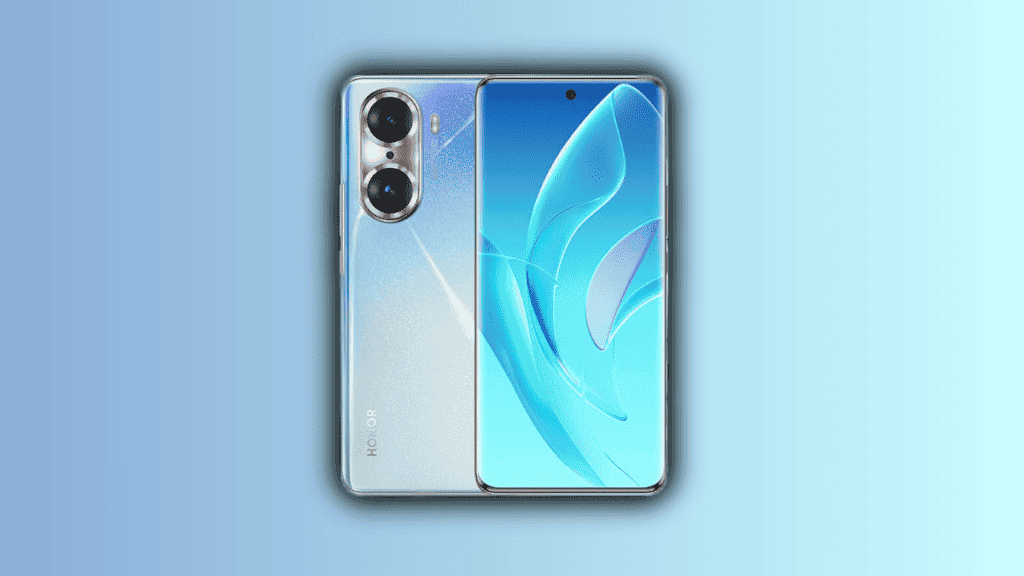
Moreover, the upper and lower borders of the Honor 60 series are only 1.74mm while the left and right borders are only 1.45mm. The black edges on the sides are 43% narrower. The visual effect after lighting the screen is extremely shocking. This device is obviously one of the best designs of this year.
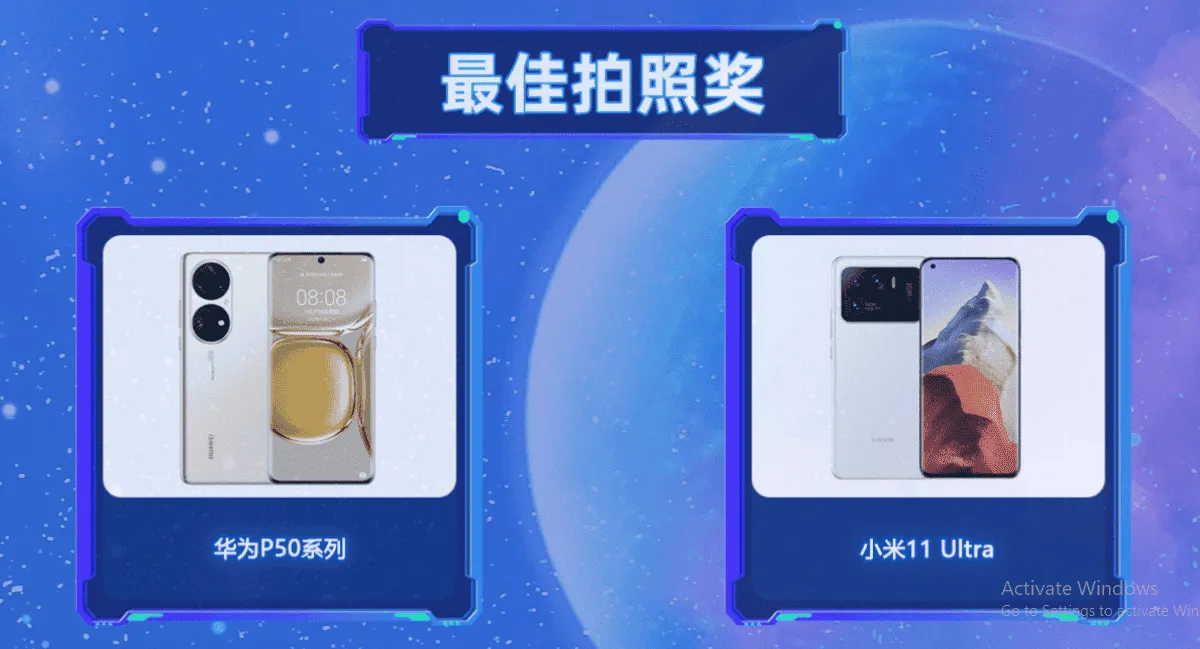

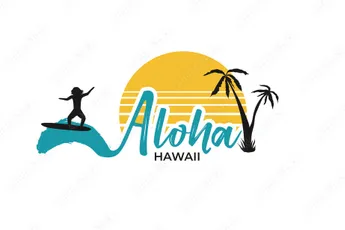
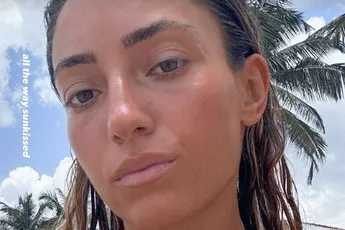


Place comments
0 Comments
You are currently seeing only the comments you are notified about, if you want to see all comments from this post, click the button below.
Show all comments